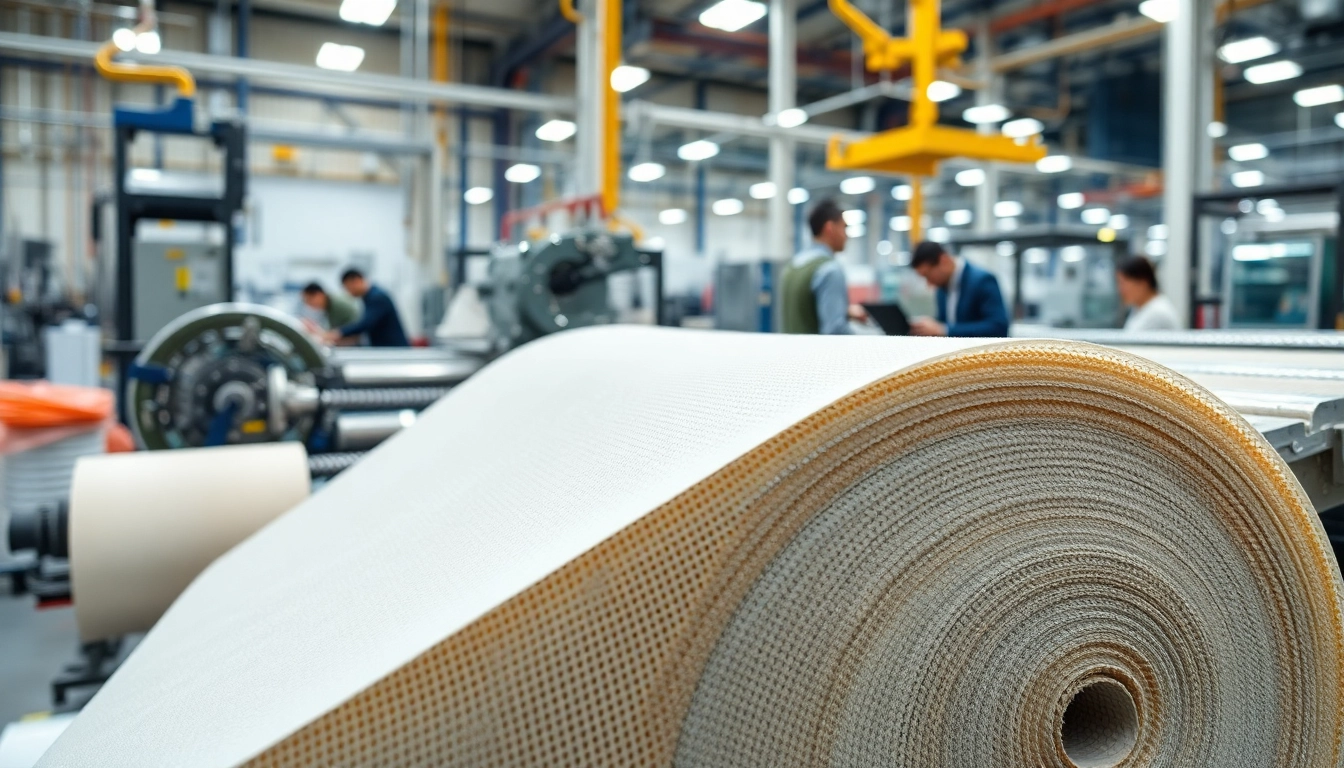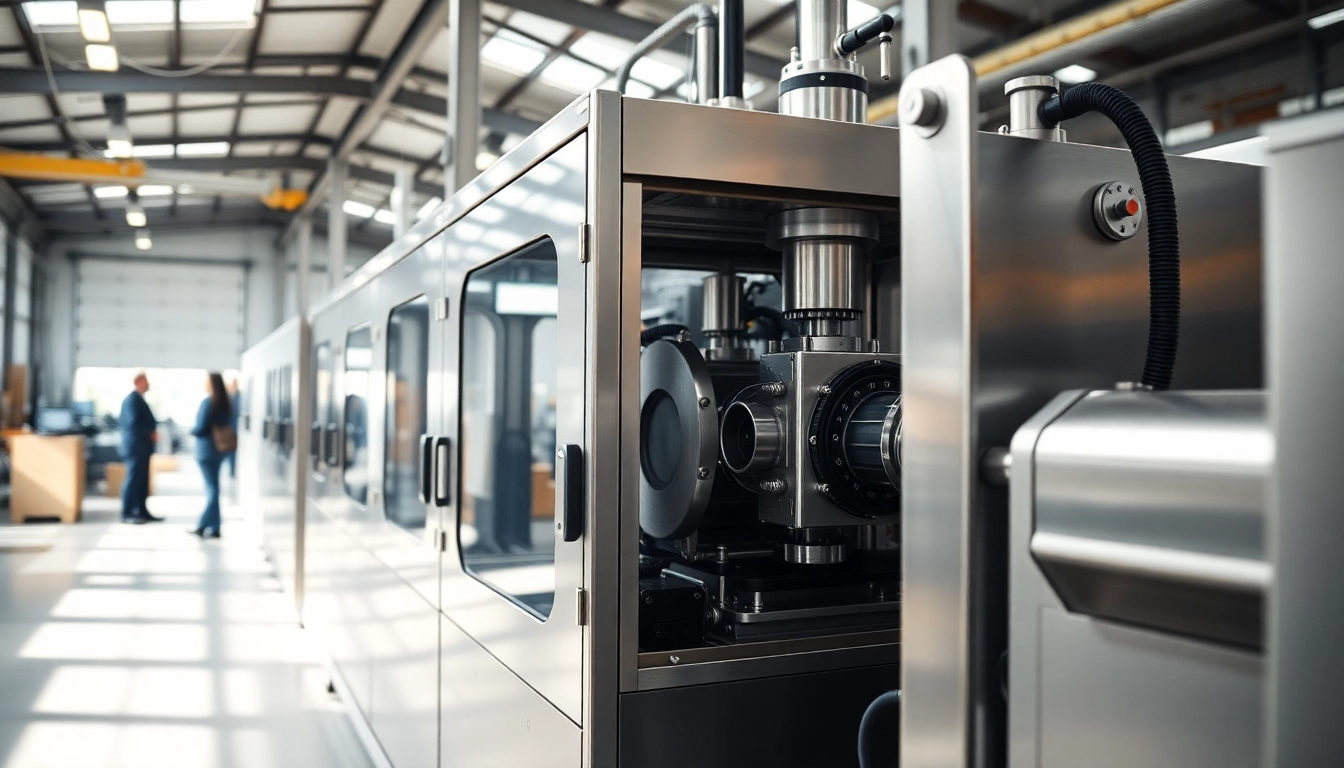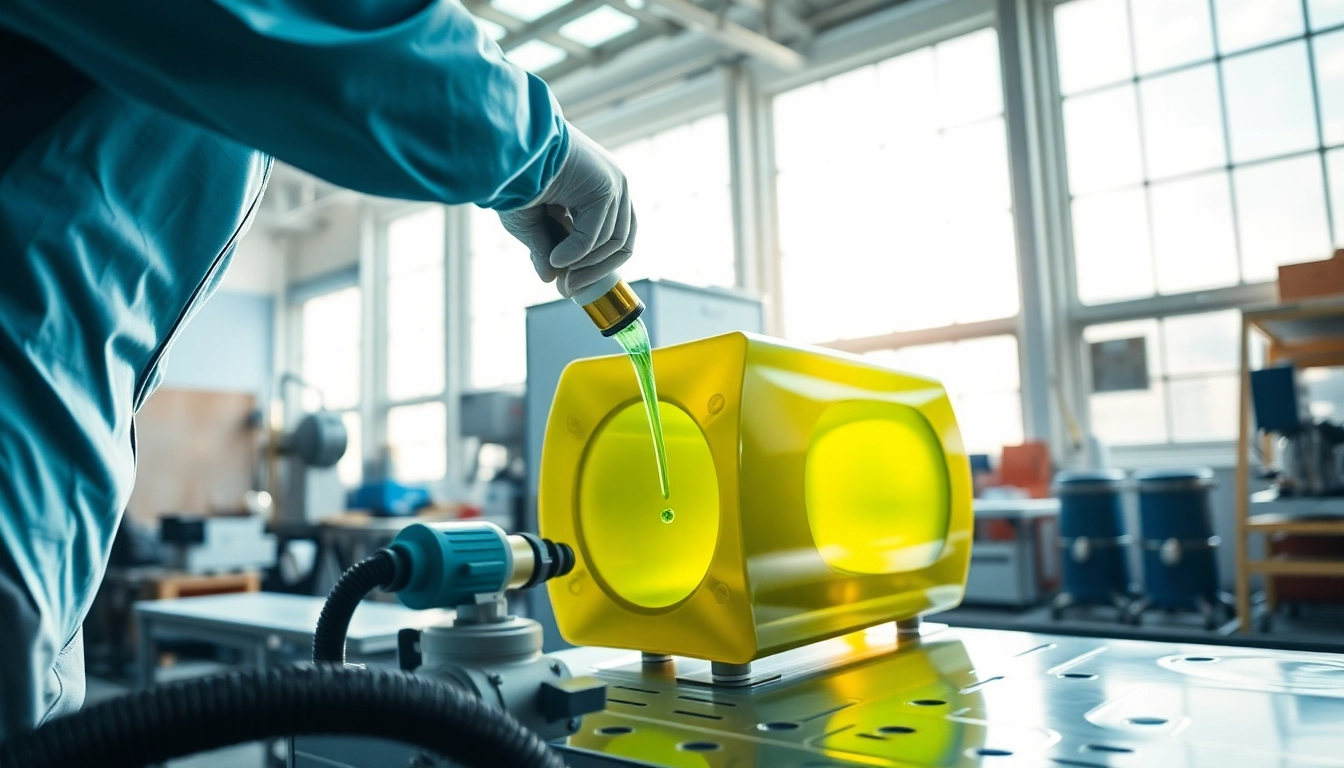1. Introduction to Epoxy Prepregs
In the world of advanced materials, epoxy prepregs have emerged as a cornerstone for high-performance applications across various industries. Prepreg, short for “pre-impregnated,” refers to composite materials that consist of reinforcing fibers pre-impregnated with a resin system, primarily epoxy in this context. These materials are engineered to offer enhanced strength, durability, and thermal stability, making them invaluable in sectors such as aerospace, automotive, and sporting goods. This comprehensive guide delves deep into epoxy prepregs, exploring their benefits, composition, manufacturing processes, industry applications, and future trends, all while establishing a clear understanding of why epoxy prepregs are pivotal to modern manufacturing.
1.1 What Are Epoxy Prepregs?
Epoxy prepregs are composite materials formed by the combination of reinforcing fibers—typically fiberglass or carbon fibers—and a thermoset resin system, predominantly epoxy. The prepregging process involves saturating the fibers with a resin mixture under controlled conditions, resulting in a material that retains its integrity and performance characteristics until it is subjected to heat and pressure during the curing phase. This form of material processing enables manufacturers to produce components that possess superior mechanical properties compared to traditional materials.
1.2 Benefits Over Traditional Materials
One of the most compelling reasons for the adoption of epoxy prepregs is their numerous advantages over conventional composite materials. Some notable benefits include:
- Enhanced Strength-to-Weight Ratio: Epoxy prepregs are lightweight yet incredibly strong, making them ideal for aerospace and automotive applications where weight reduction is critical.
- Improved Durability: They exhibit excellent resistance to thermal degradation, moisture, and various chemical exposures, enhancing their lifespan and reliability.
- Precision and Consistency: The third-party pre-impregnation process ensures uniform distribution of resin across the fibers, resulting in consistent performance metrics.
- Ease of Use: Epoxy prepregs offer straightforward handling and processing capabilities, leading to reduced waste and improved production efficiency.
1.3 Common Applications Across Industries
The versatility of epoxy prepregs makes them applicable in a wide range of sectors. Key industries utilizing these materials include:
- Aerospace: Used in structural components, interiors, and fuselage sections, epoxy prepregs are essential for meeting rigorous safety and performance standards.
- Automotive: In lightweight vehicle parts, high-performance racing components, and electric vehicle applications, epoxy prepregs provide vital strength without adding weight.
- Sports Equipment: The production of lightweight, durable items like bicycle frames, tennis rackets, and other sporting goods benefits significantly from epoxy prepregs.
- Marine: Their resistance to moisture and corrosion makes them ideal for boat hulls and other marine applications.
2. Composition and Properties of Epoxy Prepregs
2.1 The Chemical Makeup
The unique properties of epoxy prepregs stem from their chemical composition. The primary materials consist of:
- Reinforcement Fibers: Commonly carbon fibers or glass fibers, which provide tensile strength and rigidity.
- Epoxy Resin: A thermosetting polymer that is curable into a hard, durable form.
- Hardener: A chemical compound that initiates the curing process, facilitating cross-linking between resin molecules.
The precise formulation can vary based on the desired properties, such as flexibility, heat resistance, or weight optimization.
2.2 Physical Properties That Matter
Key physical properties characterize epoxy prepregs, influencing their application potential:
- Tensile Strength: The measure of stress required to break the material, typically higher in epoxy prepregs than traditional composites.
- Flexural Modulus: Indicates stiffness; a higher value corresponds to a stiffer component.
- Thermal Stability: The capability to resist deformation at elevated temperatures, essential for aerospace and automotive uses.
- Moisture Resistance: Protection against delamination and degradation due to environmental exposure.
2.3 Comparison with Other Types of Prepregs
When comparing epoxy prepregs to other prepreg types, such as phenolic or thermoplastic prepregs, several distinctions emerge. Epoxy prepregs generally offer superior adhesion and chemical resistance, making them a preferred choice in high-temperature and high-load applications. Conversely, phenolic prepregs exhibit excellent fire resistance but might not match the overall strength of epoxy counterparts. Thermoplastic prepregs can be reprocessed and reshaped but may not deliver the same stiffness and temperature tolerance as epoxy versions.
3. Manufacturing Process for Epoxy Prepregs
3.1 Steps in Producing Epoxy Prepregs
The fabrication of epoxy prepregs involves several crucial steps:
- Preparation of Fibers: Fibers are cut to size and prepared for impregnation.
- Impregnation: Fibers are run through a resin bath under controlled pressure, ensuring thorough saturation with epoxy resin.
- Drying: The impregnated fibers are passed through a drying chamber to remove excess solvents while leaving the resin in a partially cured state.
- Cooling and Rolling: Finally, cooled prepregs are rolled for packaging and storage until needed for final processing.
3.2 Quality Control Measures
Manufacturers must implement stringent quality control measures to ensure the integrity of the epoxy prepregs, including:
- Visual Inspection: Regular checks for fiber alignment, saturation level, and overall laminate appearance.
- Mechanical Testing: Determining the tensile strength, flexural strength, and other critical properties through standardized testing procedures.
- Thermal Analysis: Evaluating the thermal behavior of the prepregs to ensure performance under operational conditions.
3.3 Innovations in Manufacturing Techniques
As technology advances, the manufacturing process for epoxy prepregs is also evolving. Innovations like automated resin transfer molding and digital braid technology are being adopted to enhance production speed and reduce costs. Moreover, techniques such as bio-based resin innovations are being explored to develop more sustainable prepreg materials while maintaining performance characteristics.
4. Applications and Industries Using Epoxy Prepregs
4.1 Aerospace Industry
In the aerospace sector, the quest for lighter, stronger materials has led to a significant reliance on epoxy prepregs. Components produced with epoxy prepregs are used in various aircraft structures, from wings to fuselages, offering improved aerodynamic efficiency and fuel consumption. With ongoing advancements, manufacturers are continually exploring new applications, such as using epoxy prepregs in advanced composites for drones and electric aircraft.
4.2 Automotive Applications
The automotive industry champions the use of epoxy prepregs for creating lightweight components critical for performance and emission reductions. Engine covers, body panels, and structural reinforcements are increasingly fashioned from epoxy prepregs, reflecting the industry’s push toward electric vehicles and innovative materials for high-performance applications.
4.3 Sporting Goods and Consumer Products
In recreational sectors, epoxy prepregs are integral for producing high-quality sporting goods, such as bicycles, golf clubs, and tennis rackets. Their exceptional strength and light weight facilitate the creation of equipment that enhances both performance and user experience, appealing to both amateur and professional athletes.
5. Future Trends in Epoxy Prepregs
5.1 Emerging Technologies in Epoxy Prepregs
As the demand for advanced composites grows, new technologies in the prepreg sector are emerging. Developments in automation and robotics are streamlining manufacturing processes, thereby increasing productivity and reducing lead times. Additionally, advancements in digital twin technology aim to optimize the design and manufacturing of epoxy prepregs, enabling manufacturers to pre-emptively identify possible defects.
5.2 Sustainability Considerations
In response to environmental concerns, manufacturers are focusing on creating more sustainable epoxy prepregs. This includes the use of bio-based resins and the incorporation of recycled fibers into the prepreg structures, which could mitigate waste and reduce environmental impact. As sustainability becomes a deciding factor for consumers, such innovations will likely shape the future landscape of epoxy prepregs.
5.3 Market Demand and Growth Opportunities
The market for epoxy prepregs is poised for growth, driven by innovations in the aerospace and automotive sectors, among others. With ongoing advancements in materials and processing technologies, opportunities are opening up for manufacturers to expand their product lines and meet the evolving demands of various industries. The push for lightweight and high-performance materials will continue to drive significant investments into epoxy prepregs, ensuring their position as a preferred choice for modern manufacturing.



